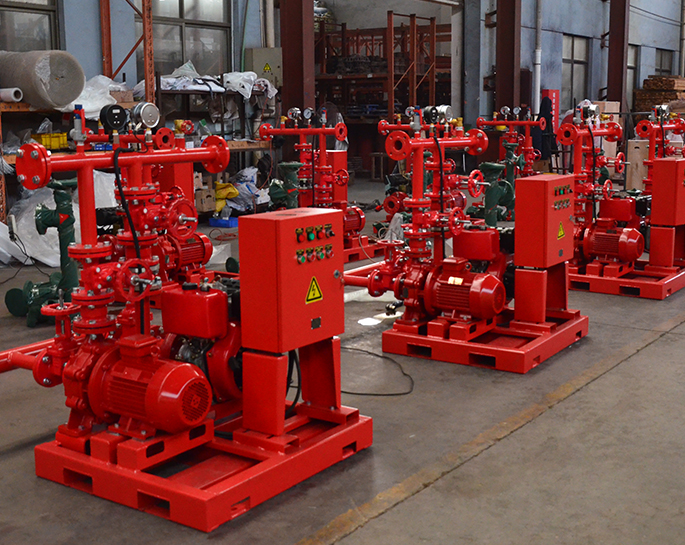Why Should You Test Fire Pump Performance Under Load Conditions?
Testing fire pump performance under load conditions is crucial for several reasons:

1. Ensures Proper Functionality
Under load conditions, the fire pump operates at its full capacity, which simulates real-world scenarios during a fire emergency. Testing ensures that the pump can deliver the required water flow and pressure when it matters most.
2. Verifies Compliance with Standards
Fire pumps must comply with standards such as NFPA 20 and UL listing. Testing under load ensures that the pump meets these safety and performance standards, which are critical for regulatory compliance.
3. Identifies Potential Issues
Load testing can reveal any mechanical, electrical, or operational issues that may not be apparent during no-load tests. These could include problems like insufficient water pressure, overheating, or pump failure under stress, helping to prevent system failure in an actual emergency.
4. Confirms Integration with System Components
Fire pumps work in conjunction with other system components such as jockey pumps, controllers, and valves. Testing under load verifies that the entire system, including pipelines, can handle the required water flow and pressure without leaks or malfunctions.
5. Ensures Longevity and Reliability
Regular performance testing under load can help detect wear and tear, allowing for timely maintenance and extending the life of the pump. This reduces the risk of failure during a fire event and ensures that the system remains reliable over time.
6. Provides Accurate Data for Maintenance
The results of a load test provide valuable data that can inform future maintenance schedules and help in optimizing the pump's performance. Routine load testing ensures that the pump continues to operate efficiently and effectively.
In summary, testing fire pumps under load conditions is essential for ensuring their reliability, safety, and compliance with standards in case of an actual emergency.

.png)
.png)

.png)


